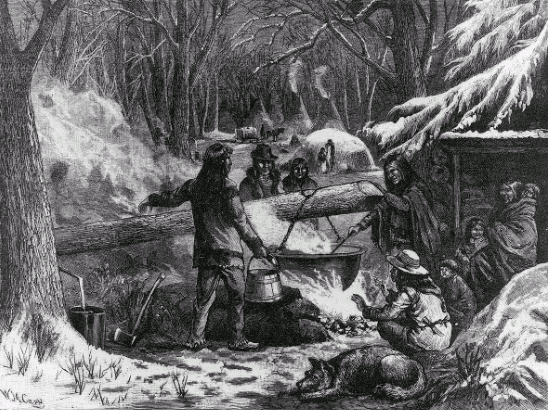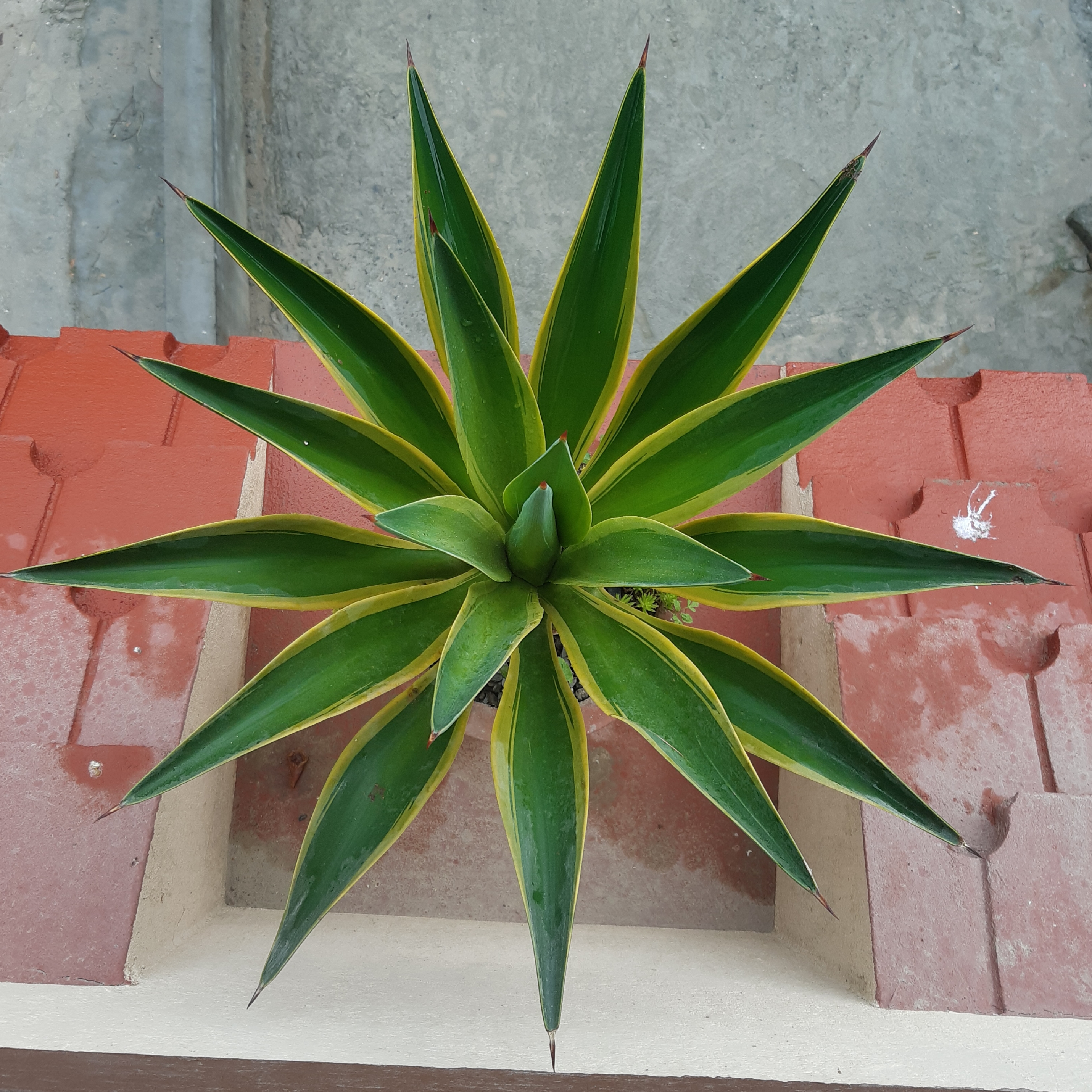|
List Of Unrefined Sweeteners
This list of unrefined sweeteners includes all natural, unrefined, or low-processed sweeteners. Sweeteners are usually made from the fruit or sap of plants, but can also be made from any other part of the plant, or all of it. Some sweeteners are made from starch, with the use of enzymes. Sweeteners made by animals, especially insects, are put in their own section as they can come from more than one part of plants. From sap The sap of some species is concentrated to make sweeteners, usually through drying or boiling. *Cane juice, syrup, molasses, and raw sugar, which has many regional and commercial names including demerara, jaggery, muscovado, panela, piloncillo, turbinado sugar, and Sucanat, are all made from sugarcane (''Saccharum'' spp.). * Sweet sorghum syrup is made from the sugary juice extracted from the stalks of ''Sorghum'' spp., especially ''S. bicolor''. *Mexican or maize sugar can be made by boiling down the juice of green maize stalks. *Agave nectar is made from ... [...More Info...] [...Related Items...] OR: [Wikipedia] [Google] [Baidu] |
Refining
{{Unreferenced, date=December 2009 Refining (also perhaps called by the mathematical term affining) is the process of purification of a (1) substance or a (2) form. The term is usually used of a natural resource that is almost in a usable form, but which is more useful in its pure form. For instance, most types of natural petroleum will burn straight from the ground, but it will burn poorly and quickly clog an engine with residues and by-products. The term is broad, and may include more drastic transformations, such as the reduction of ore to metal (for which see Refining (metallurgy)). The refining of liquids is often accomplished by distillation or fractionation; this process is useful, for example, for isolating different fractions of petroleum. Gases can be refined in this way as well, by being cooled and/or compressed until they liquefy. Gases and liquids can also be refined by extraction with a selective solvent that dissolves away either the substance of interest, or the ... [...More Info...] [...Related Items...] OR: [Wikipedia] [Google] [Baidu] |
Sugarcane
Sugarcane or sugar cane is a species of (often hybrid) tall, Perennial plant, perennial grass (in the genus ''Saccharum'', tribe Andropogoneae) that is used for sugar Sugar industry, production. The plants are 2–6 m (6–20 ft) tall with stout, jointed, fibrous stalks that are rich in sucrose, which accumulates in the Plant stem, stalk internodes. Sugarcanes belong to the grass family, Poaceae, an economically important flowering plant family that includes maize, wheat, rice, and sorghum, and many forage crops. It is native to the warm temperate and tropical regions of India, Southeast Asia, and New Guinea. The plant is also grown for biofuel production, especially in Brazil, as the canes can be used directly to produce ethyl alcohol (ethanol). Grown in tropical and subtropical regions, sugarcane is the world's largest crop by production quantity, totaling 1.9 billion tonnes in 2020, with Brazil accounting for 40% of the world total. Sugarcane accounts for 79% of sug ... [...More Info...] [...Related Items...] OR: [Wikipedia] [Google] [Baidu] |
Maple Sugar
Maple sugar is a traditional sweetener in Canada and the northeastern United States, prepared from the sap of the maple tree ("maple sap"). Sources Three species of maple trees in the genus '' Acer'' are predominantly used to produce maple sugar: the sugar maple (''A. saccharum''), the black maple (''A. nigrum''), and the red maple (''A. rubrum''), because of the high sugar content (roughly two to five percent) in the sap of these species. The black maple is included as a subspecies or variety in a more broadly viewed concept of ''A. saccharum'', the sugar maple, by some botanists. Of these, the red maple has a shorter season because it buds earlier than sugar and black maples, which alters the flavor of the sap. A few other species of maple are also sometimes used as sources of sap for producing maple sugar, including the box elder (or Manitoba maple, ''A. negundo''), the silver maple (''A. saccharinum''), and the bigleaf maple (''A. macrophyllum''). Similar sugars may al ... [...More Info...] [...Related Items...] OR: [Wikipedia] [Google] [Baidu] |
Maple Taffy
Maple taffy (sometimes maple toffee in English-speaking Canada, tire d'érable or tire sur la neige in French-speaking Canada; also sugar on snow or candy on the snow or leather aprons in the United States) is a sugar candy made by boiling maple sap past the point where it would form maple syrup, but not so long that it becomes maple butter or maple sugar. It is part of traditional culture in Quebec, Eastern Ontario, New Brunswick and northern New England. In these regions, it is poured onto the snow, then lifted either with a small wooden stick, such as a popsicle stick, or a metal dinner fork. Method The candy is made by boiling maple syrup to about 112 °C (234 °F). It is best to use a candy thermometer. The thick liquid may be kept hot over a very low flame or in a pan of hot water, but should not be stirred as it will form grainy crystals. This liquid is then poured in a molten state upon clean snow, whereupon the cold causes it to rapidly thicken. If the syrup run ... [...More Info...] [...Related Items...] OR: [Wikipedia] [Google] [Baidu] |
Maple Syrup
Maple syrup is a syrup made from the sap of maple trees. In cold climates, these trees store starch in their trunks and roots before winter; the starch is then converted to sugar that rises in the sap in late winter and early spring. Maple trees are tapped by drilling holes into their trunks and collecting the sap, which is processed by heating to evaporate much of the water, leaving the concentrated syrup. Maple syrup was first made by the Indigenous peoples of North America. The practice was adopted by European settlers, who gradually changed production methods. Technological improvements in the 1970s further refined syrup processing. Virtually all of the world's maple syrup is produced in Canada and the United States. The Canadian province of Quebec is the largest producer, responsible for 70 percent of the world's output; Canadian exports of maple syrup in 2016 were Canadian dollar, C$487 million (about United States dollar, US$360 million), with Quebec accounting for some 9 ... [...More Info...] [...Related Items...] OR: [Wikipedia] [Google] [Baidu] |
Birch
A birch is a thin-leaved deciduous hardwood tree of the genus ''Betula'' (), in the family Betulaceae, which also includes alders, hazels, and hornbeams. It is closely related to the beech-oak family Fagaceae. The genus ''Betula'' contains 30 to 60 known taxa of which 11 are on the IUCN 2011 Red List of Threatened Species. They are a typically rather short-lived pioneer species widespread in the Northern Hemisphere, particularly in northern areas of temperate climates and in boreal climates. Description Birch species are generally small to medium-sized trees or shrubs, mostly of northern temperate and boreal climates. The simple leaves are alternate, singly or doubly serrate, feather-veined, petiolate and stipulate. They often appear in pairs, but these pairs are really borne on spur-like, two-leaved, lateral branchlets. The fruit is a small samara, although the wings may be obscure in some species. They differ from the alders (''Alnus'', another genus in the family) in th ... [...More Info...] [...Related Items...] OR: [Wikipedia] [Google] [Baidu] |
Birch Sap
Birch sap, birch water or birch juice is the sap directly tapped from birch trees, ''Betula pubescens'' (white birch), ''Betula pendula'' (silver birch), '' Betula lenta'', ''Betula papyrifera'', and '' Betula fontinalis''. Birch sap may be consumed both fresh and naturally fermented. When fresh, it is a clear and uncoloured liquid, often slightly sweet with a slightly silky texture. After two to three days, the sap starts fermenting and the taste becomes more acidic. Birch sap is a traditional beverage in boreal and hemiboreal regions of the Northern Hemisphere as well as parts of northern China. Harvest Birch sap is collected only at the break of winter and spring when the sap moves intensively. Birch sap collection is done by drilling a hole into the tree trunk and leading the sap into a container via some conduit (a tube or simply a thin twig); the sap will flow along it because of the surface tension. The wound is then plugged to minimise infection. Birch sap has ... [...More Info...] [...Related Items...] OR: [Wikipedia] [Google] [Baidu] |
Birch Syrup
A birch is a thin-leaved deciduous hardwood tree of the genus ''Betula'' (), in the family Betulaceae, which also includes alders, hazels, and hornbeams. It is closely related to the beech-oak family Fagaceae. The genus ''Betula'' contains 30 to 60 known taxa of which 11 are on the IUCN 2011 Red List of Threatened Species. They are a typically rather short-lived pioneer species widespread in the Northern Hemisphere, particularly in northern areas of temperate climates and in boreal climates. Description Birch species are generally small to medium-sized trees or shrubs, mostly of northern temperate and boreal climates. The simple leaves are alternate, singly or doubly serrate, feather-veined, petiolate and stipulate. They often appear in pairs, but these pairs are really borne on spur-like, two-leaved, lateral branchlets. The fruit is a small samara, although the wings may be obscure in some species. They differ from the alders (''Alnus'', another genus in the family) i ... [...More Info...] [...Related Items...] OR: [Wikipedia] [Google] [Baidu] |
Tequila Agave
''Agave tequilana'', commonly called blue agave () or tequila agave, is an agave plant that is an important economic product of Jalisco, Mexico, due to its role as the base ingredient of tequila, a popular distilled beverage. The high production of sugars named agavins, mostly fructose, in the core of the plant is the main characteristic that makes it suitable for the preparation of alcoholic beverages. The tequila agave is native to the states of Jalisco, Colima, Nayarit and Aguascalientes in Mexico. The plant favors altitudes of more than and grows in rich and sandy soils. Blue agave plants grow into large succulents, with spiky fleshy leaves, that can reach over in height. Blue agaves sprout a stalk (''quiote'') when about five years old that can grow an additional ; they are topped with yellow flowers. The stalk is cut off from commercial plants so the plant will put more energy into the heart. The flowers are pollinated by the greater long-nosed bat (and by insects and hum ... [...More Info...] [...Related Items...] OR: [Wikipedia] [Google] [Baidu] |
Agave
''Agave'' (; ; ) is a genus of monocots native to the hot and arid regions of the Americas and the Caribbean, although some ''Agave'' species are also native to tropical areas of North America, such as Mexico. The genus is primarily known for its succulent and xerophytic species that typically form large rosettes of strong, fleshy leaves. ''Agave'' now includes species formerly placed in a number of other genera, such as ''Manfreda'', ×''Mangave'', ''Polianthes'' and ''Prochnyanthes''. Many plants in this genus may be considered perennial, because they require several to many years to mature and flower. However, most ''Agave'' species are more accurately described as monocarpic rosettes or multiannuals, since each individual rosette flowers only once and then dies; a small number of ''Agave'' species are polycarpic. Maguey flowers are considered edible in many indigenous culinary traditions of Mesoamerica. Along with plants from the closely related genera ''Yucca'', ''Hes ... [...More Info...] [...Related Items...] OR: [Wikipedia] [Google] [Baidu] |
Agave Nectar
''Agave'' (; ; ) is a genus of monocots native to the hot and arid regions of the Americas and the Caribbean, although some ''Agave'' species are also native to tropical areas of North America, such as Mexico. The genus is primarily known for its succulent and xerophytic species that typically form large rosettes of strong, fleshy leaves. ''Agave'' now includes species formerly placed in a number of other genera, such as ''Manfreda'', ×''Mangave'', ''Polianthes'' and ''Prochnyanthes''. Many plants in this genus may be considered perennial, because they require several to many years to mature and flower. However, most ''Agave'' species are more accurately described as monocarpic rosettes or multiannuals, since each individual rosette flowers only once and then dies; a small number of ''Agave'' species are polycarpic. Maguey flowers are considered edible in many indigenous culinary traditions of Mesoamerica. Along with plants from the closely related genera ''Yucca'', ''Hesper ... [...More Info...] [...Related Items...] OR: [Wikipedia] [Google] [Baidu] |
Maize
Maize ( ; ''Zea mays'' subsp. ''mays'', from es, maíz after tnq, mahiz), also known as corn (North American and Australian English), is a cereal grain first domesticated by indigenous peoples in southern Mexico about 10,000 years ago. The leafy stalk of the plant produces pollen inflorescences (or "tassels") and separate ovuliferous inflorescences called ears that when fertilized yield kernels or seeds, which are fruits. The term ''maize'' is preferred in formal, scientific, and international usage as a common name because it refers specifically to this one grain, unlike ''corn'', which has a complex variety of meanings that vary by context and geographic region. Maize has become a staple food in many parts of the world, with the total production of maize surpassing that of wheat or rice. In addition to being consumed directly by humans (often in the form of masa), maize is also used for corn ethanol, animal feed and other maize products, such as corn starch and ... [...More Info...] [...Related Items...] OR: [Wikipedia] [Google] [Baidu] |











